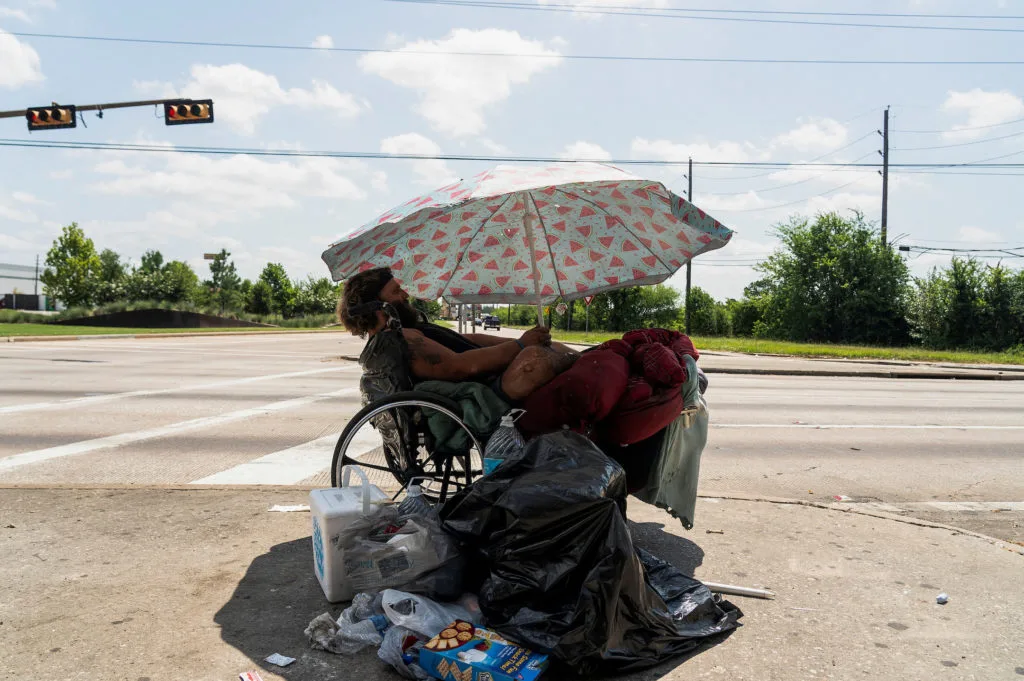
Ali Rogin:
30 percent of Americans without a home are in California. Over 3,000 were surveyed as part of the largest representative study of homelessness in the United States since the 1990s. Among the findings nearly half of all unhoused adults in California are older than 50.
Two-thirds reported mental health symptoms, and a majority said that the cost of housing was the main barrier to finding a home. People of color are disproportionately affected. 6 percent of California residents are black, but they make up 26 percent of the unhoused population. 1.3 percent of California identify as Native American, compared to 12 percent of the unhoused population.
Dr. Margot Kushel is the principal investigator of the study. She heads the Benioff Homelessness and Housing Initiative at UCSF. Dr. Kushel, thank you so much for joining us.
You’ve been researching homelessness for quite a long time. What in the findings surprised you?
Dr. Margot Kushel, Benioff Homelessness and Housing Initiative: I think a few things that are worth pointing out. First, nine in 10 people in the study lost their stable housing in California. There’s a lot of mythology around people coming to California because of the warm weather or whatnot. We didn’t find that at all.
And I think the next thing that really stuck out was how much homelessness was being driven by economic factors. The median household income of our participants in the months before becoming homeless was only $960 a month. For context, in California, the median cost of a one bedroom apartment is $1,700 a month.
When we asked what was happening in people’s lives before they became homeless, they often had an income shock. They had their hours cut, someone in the household lost their job, and then they became homeless because they just couldn’t pay the rent. Once they became homeless, everything else fell apart.

